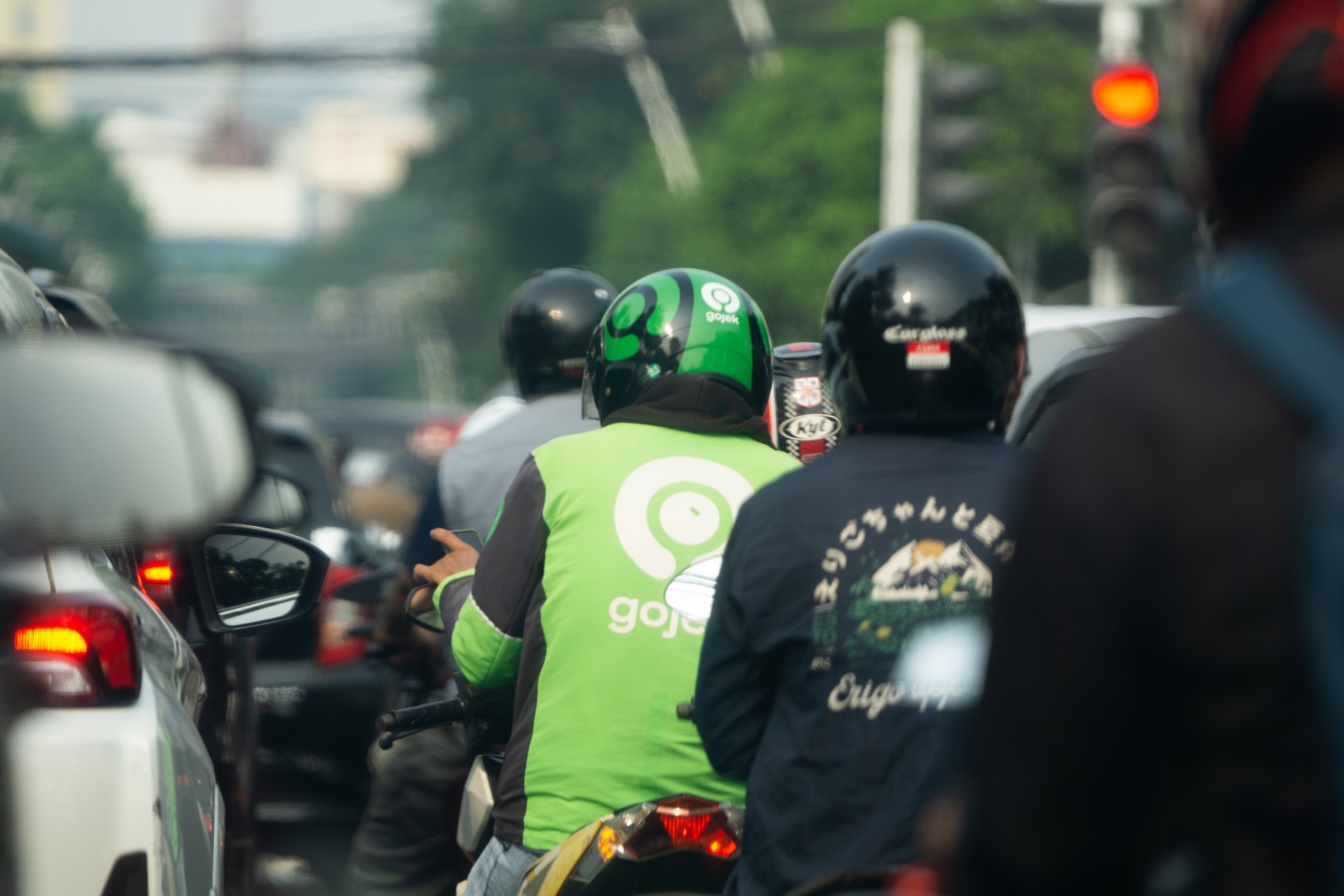
The Path of Culture: Economic, social, and environmental impacts
November 13, 2024The preservation of culture through proper management must be carried out by considering the strategic impact of existing cultural assets, including tangible and intangible assets. Economic, social, and environmental impacts are important considerations, so assessing these strategic impacts is necessary to formulate the most appropriate policies for the cultural sector to ensure its sustainable benefits.
There are significant economic, social, and environmental contributions from cultural assets that are the subjects of this research, including the National Museum, traditional textiles, the wellness sector, and Subak in Jatiluwih.
Traditional textiles, for instance, have so far contributed around Rp 10 trillion to exports, with a substantial value in domestic trade. Beyond that, there is a potential revenue of approximately Rp 7 billion from traditional textile festivals. On the other hand, the Subak area has contributed around Rp 30 billion (at the village level), derived from accommodation, restaurants, and entrance fees.
In terms of social return on investment (SROI), the National Museum has the potential to provide a social contribution with an SROI ratio of 1:4 to 1:5, based on benchmarks from similar museums. Traditional textiles have the potential to provide a social contribution with an SROI ratio of 1:5 to 1:8, using a case study of a medium-scale batik company. Meanwhile, the Subak area has the potential to provide a social contribution with an SROI ratio of 1:29 based on a village-level case study.
On the environmental impact side, the herbal medicine, wellness, and spa sectors have the potential to contribute to the environment by reducing carbon footprints by 17.28 tons through the use of herbal raw materials for a medium-scale company. Meanwhile, Subak has the potential to reduce the carbon footprint by 237,550 tons/ha/year at the village level.
- Executive Director Tenggara Strategics
- Vice Rector Universitas Prasetiya Mulya
- Researcher Universitas Prasetiya Mulya
- Assistant Professor Universitas Prasetiya Mulya
- Senior Researcher Tenggara Strategics
- Researcher Tenggara Strategics
- Researcher Tenggara Strategics


